Tom Cruise Deemed Unrecognizable in New Pics With Prince William, as Some Say He Had “Too Much Surgery”

What if I told you you just won a round-the-world trip to visit the planet’s most famous landmarks? Nice, right? But there’s a catch. You might be visiting them for the last time in your life. That’s because these landmarks are threatened to disappear during our lifetime. Yikes!
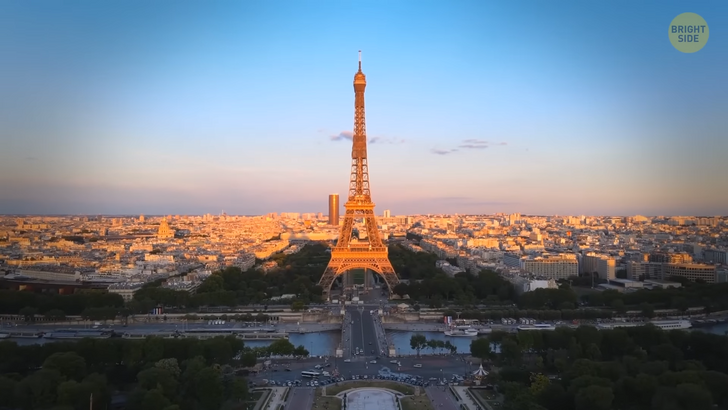
Ahh, Paris. The city of love. For our modern eyes, it’s hard to imagine the city without its most famous landmark: the Eiffel Tower. But it wasn’t always there, of course. Gustave Eiffel, the tower’s architect, was commissioned to expose it during the 1889 World Fair. But the so-called Iron Lady was only meant to stand for 20 years. After that, it was going to be demolished. Except that...hum, this plan was never implemented. The tower wasn’t taken down because of an antenna built at the top of the tower, and it conducts wireless signals. But there’s a problem. The Iron Lady is made of iron. And with time and bad weather (which Paris happens to get a lot of), iron deteriorates. It rusts! And this rusting turns the iron weak, up until the point where it can crack. And if a tower that is made purely of iron starts to crack...you know what this means. No more selfies eating croissants in front of the famous Tour Eiffel. Apparently, French authorities are aware that this is happening. But instead of repairing the whole tower, they’re kind of just painting over the rust.
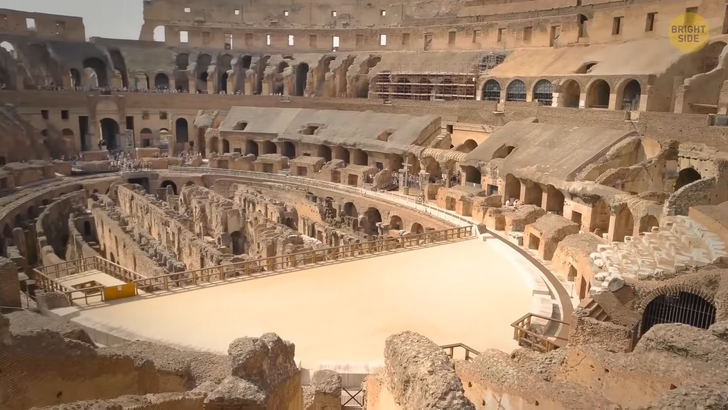
Your next stop is in beautiful Rome. You are here to visit... you guessed it: The Colosseum. One of the world’s most visited monuments. The gladiators used to put on shows there. Well, you might as well say “arrivederci” to it now while you can. Like a lot of ancient monuments, the Colosseum is in danger of disappearing. It has survived for almost 2,000 years since it was commissioned by Emperor Vespasian. But due to yearly exposure to harsh weather, the monument is getting weaker. The problem here is mainly snow. When snow falls upon the Colosseum, the freezing water infiltrates the cracks of the rocks and makes them bloat. You know, like when you put a soda can into the freezer and the bottom pops out. I know, snow is a kinda infrequent visitor in Rome, but even rare below-zero temperatures can damage the Colosseum seriously. And since we can’t control the weather, who knows how long we’ll get to see this beauty around?
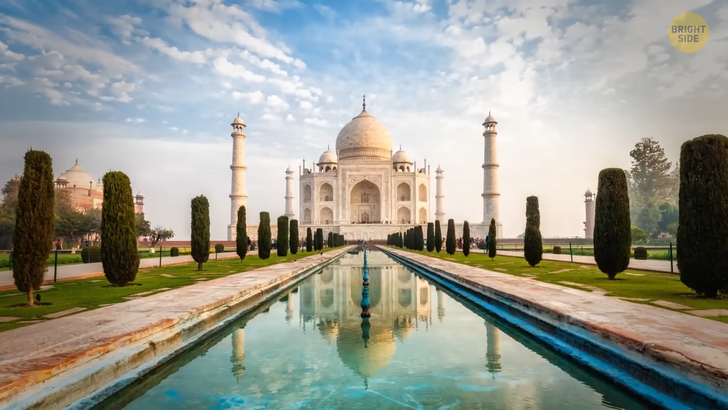
After hopping on a red-eye to India, you arrive at the unique Taj Mahal. It is even more mesmerizing in person than it is in pictures. The Taj is one of the seven wonders of the modern world. But why’s it at risk of disappearing, you might ask? The monument was finished way back in 1643. It was made with pristine white marble, as a gift from emperor Shah Jahan to his beloved wife. But if our white shirts get dirty just by stepping outside the house, imagine an open-air monument that has existed for over 4 centuries. The Taj Mahal is located in the city of Agra, right beside the Yamuna river. Over the years, the region has become very polluted. And all of this pollution is helping to destroy the Taj. India’s supreme court has been on the case for many years now, and they say the monument is turning greenish and brown. So, high authorities decided that either the local government restores the Taj Mahal completely, or they will shut it down. Or worse, destroy it. For the good of humanity, I hope they decide to restore it already. Otherwise, we’ll be down to only six wonders.
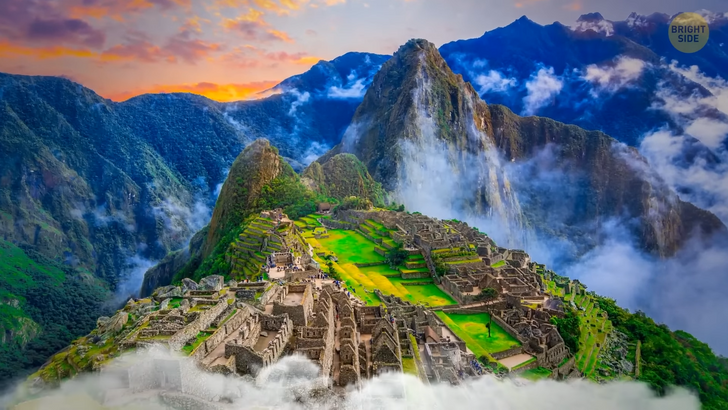
Ah, finally! You’ve made it to South America! More specifically, you’re now in the mountainous country of Peru. If you’re not used to such high altitudes, you might get a little dizzy. But it’s worth it to see the mesmerizing Incan ruins of Machu Picchu. The city is located at over 7,000 ft above sea level. And no one knows how the Incas built such a sophisticated village. That’s why the site attracts around 440 thousand visitors every single year. But since regulation is not so strict, the site is also slowly deteriorating. Machu Picchu may be the victim of something known as over-tourism. I mean, if you look at any footage from the site on a normal day, it’s pretty packed up. And even if it’s a stone-made town and stones are pretty resistant, they do suffer from erosion. Man-made or weather-made. Oh, boy. I really don’t like the sound of that.
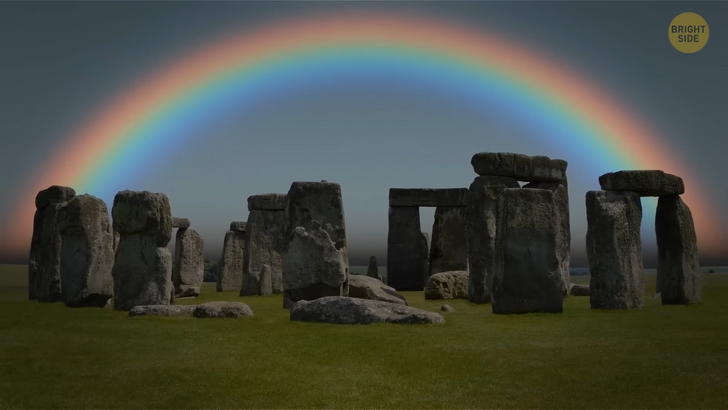
There’s another stone monument that you need to check out of your list. Can you guess which one it is? Yup, Stonehenge. Located in the peaceful hills of Wiltshire, England, Stonehenge has been around for over 5,000 years. Well, nobody knows exactly when it was built, but bear with me. If the only cause for disappearance would be erosion, then it would take the monument millions of years before it disappeared. But that’s not the case. Since 1995, there have been multiple proposals from British authorities to build an underground tunnel that connects Southeast and Southwest England. The thing is, the tunnel passes underneath Stonehenge and it might rock the site’s foundation. Get it — rock? Anyway, since the project was suggested, local supporters of the monument have founded a Save Stonehenge alliance to keep the monument safe. They strongly believe that any enterprise such as this tunnel will severely harm the site.
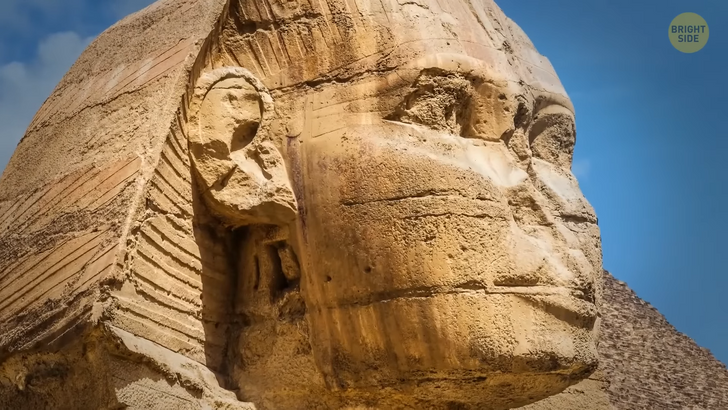
Ahh, Egypt. This time, to arrive at your destination you travel in style. And by that I mean camels. Just for the photo-op, of course. But why are you here? You came to check out the Great Sphinx. You know, the one with the broken nose? The Sphinx was also built way, way back in the day. Try over 4,000 years ago. And back then, they used what they had at their disposal: limestones. Now, some researchers think that hazardous weather may be damaging the Sphinx’s limestones. You see, they are very porous types of rock, so water easily infiltrates inside of them making erosion stronger and faster. But water is also coming from down below. Unlike the Pyramids of Giza, the Great Sphinx was carved directly from the bedrock. And right underneath the monument, there’s a river bed, which also infiltrates into the Sphinx, making it weaker. Fingers crossed that Egypt doesn’t get a lot of rainfall in the next few centuries.
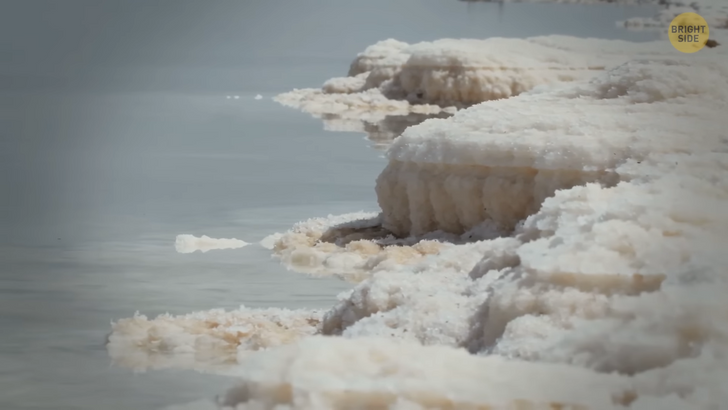
I hope you brought your swimsuit because it’s time to dive deep into the Dead Sea. Except that you probably won’t get too deep. You know, since there’s so much salt in the water that you basically only float. Fun fact: this sea is 10 times saltier than the ocean. It may be a little ironic, that the Dead Sea is at risk of actually perishing. But it’s true. The lake level is dropping 4 ft every year. It has to do with one of the sea’s main tributaries. A tributary is a river that flows into a much larger body of water. The thing is, the region is not so rich in natural water. So some of the local authorities ended up diverting smaller tributaries for basic human uses. But since every action has a reaction, the Dead Sea is now facing some difficulties.

Back in the USA, it’s time to visit the city that never sleeps. And if you’ve understood this trip by now, you already know the landmark we’re visiting. It’s Lady Liberty. It may come as a surprise to some, but the famous statue of Liberty was originally copper. It has turned green due to oxidation. I mean, maybe I would also turn green if constantly exposed to New York’s harsh weather. Some researchers say that air pollution can also speed up oxidation processes, threatening the long life of Lady Liberty. Of course, New York City does its share of maintenance. Hopefully, it will be enough for us to keep seeing the statue during our lifetime. Hey, it’s time to head back home. I sure enjoyed this trip, hope you did too. Let’s hope we can still visit these places!











